“A garment can transcend, giving it a soul.
I translate fabrics into soft and romantic silhouettes, using natural fabrics like silks and cottons, which are kind to the skin.
Distressing fabrics and alchemically treating them, gives the feeling of already ‘being loved’, thus evoking emotion. Even one-off fabrics found in flea markets can be given new life.
Richly embellished fabrics echo Eastern influences, and I have great respect for their traditions. Inspiration can be found from the past – re-using vintage textiles and sometimes creating replicas of them, incorporated with specific craftsmanship.
The number of hours someone has spent on manual work like this makes it priceless.
I see craftsmanship as an implement with which to realise one’s vision. Past, present and future; that slogan continues in almost everything around which my work evolves. Timeless beauty and femininity in my design is profound, in a way for the wearer to express their inner soul.”
Akira Isogawa
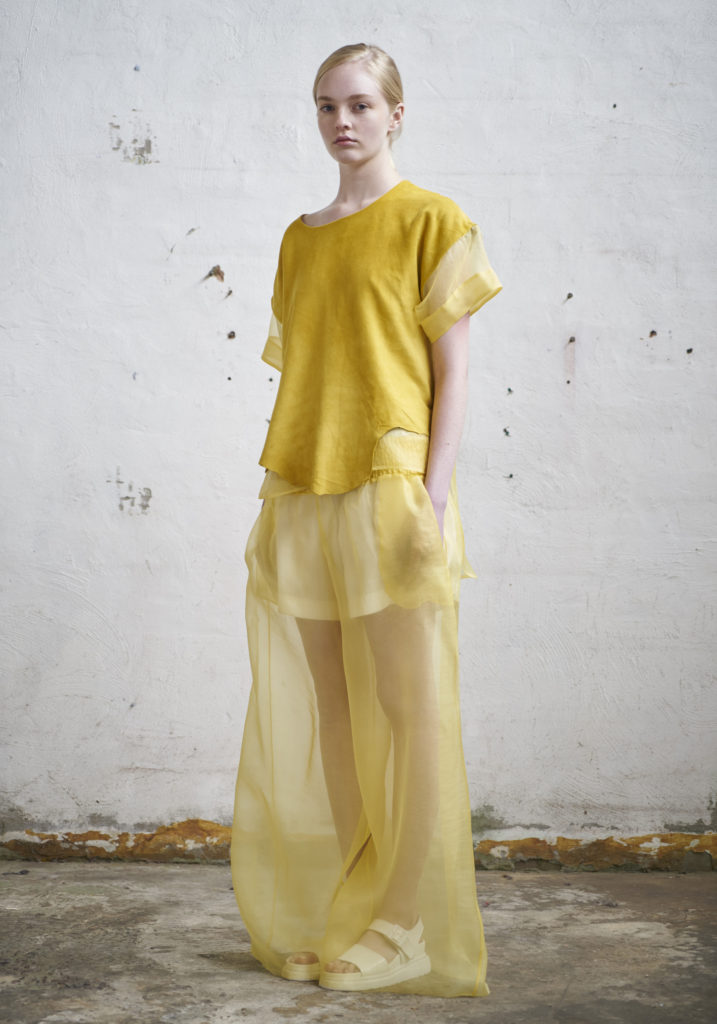
Akira Isogawa | Spring Summer 2017
This week I was blessed. Truly blessed.
I had the opportunity to sit down with Akira Isogawa, one of Australia’s most loved and iconic fashion designers. I can’t tell you how exciting this was for me. As a younger woman, some moons ago, ok, many moons ago, I used to ooooh and aaaah over the most exquisite fabrics reminiscent of liquid silk, colours that adorned only my imagination, and garments so beautiful I was sometimes left breathless. For the many moons which have passed since, Akira has continued as the master that he is, creating one collection after another, with the same, if not a greater level of beauty and craftsmanship.
To me this man is a legend.
We spoke about his beginnings when he studied fashion design at TAFE, now Fashion Design Studio in Ultimo. After completing his course, Akira wholesaled for a couple of years before opening his first store in Queen Street, Woollahra in the early nineties. In 1998 he showed at Paris Fashion Week for the first time.
Whenever I meet Akira, I am always astounded at his incredible humility and gentleness. His poise and respectful demeanour is always apparent, as is his soulful nature and thoughtful responses to any conversation.
His attitude to Australian fashion and the industry’s current problems is so refreshing. He describes our current fashion climate as being neither positive or negative, rather just the way “it is”. “Fashion has always been competitive and our digital ways of communicating have changed things greatly. Our ability to adapt to the demands of the new technology is the key”. The digital age insists that our clients are automatically global, and that any fashion audience communicates with us through digital means. Now we communicate to millions of people at all once. General business practices have altered internally and externally because of this. It has forever changed the way we approach design.
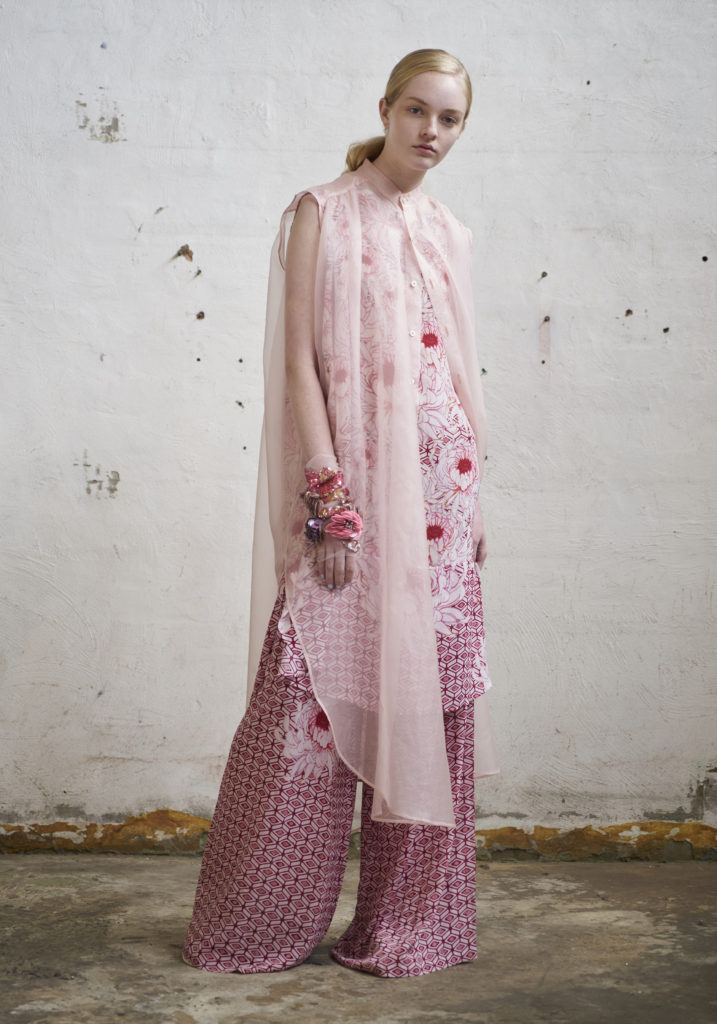
Akira Isogawa | Spring Summer 2017
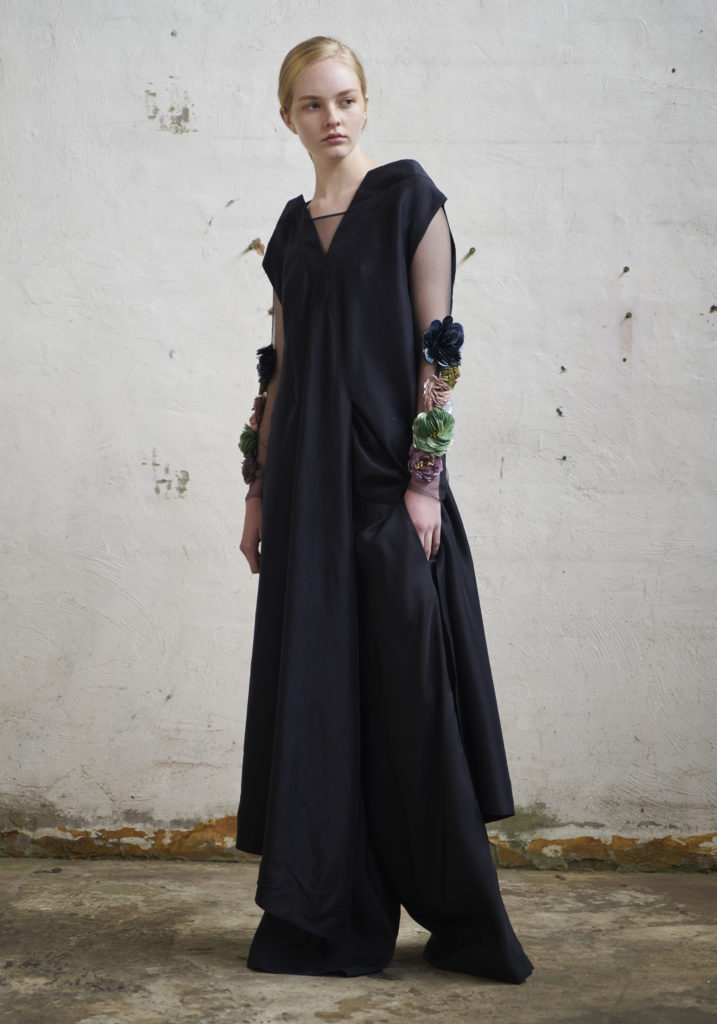
Akira Isogawa | Spring Summer 2017
When I asked him what labels he wears. He answered, “it is style which interests me, not labels”.
We talked about fast fashion and the impact it has had on our local fashion industry. He commented on it’s massively unhealthy, disproportionate growth and it’s domination of our local fashion culture. He rightly pointed out that copying from high end designers is not a new phenomenon and in fact has been consistently the case since the early sixties. He mentioned that things started to change after Yves Saint Laurent created the first ‘pret a porter’ or ready to wear collection many decades ago and that to some degree it was an important step in the commercialisation of any fashion business. Importantly, he also raised the point that whether we are a supporter of fast fashion or not, the consumer has the right to choose.
This led our conversation to the importance of ethical and sustainable production, which is extremely important to Akira. We remembered the tragic event of Rana Plaza in 2013 where a garment factory blaze took the lives of 1,129 innocent workers in Bangladesh. Such a horrific event that I hope we will never have to see again. He said that fashion should never equal pollution or compromise our planet in any way. It is the responsibility of us all to remain concerned about the source, ethical production and be vigilant and conscious of our fashion choices.

Akira Isogawa | Spring Summer 2017
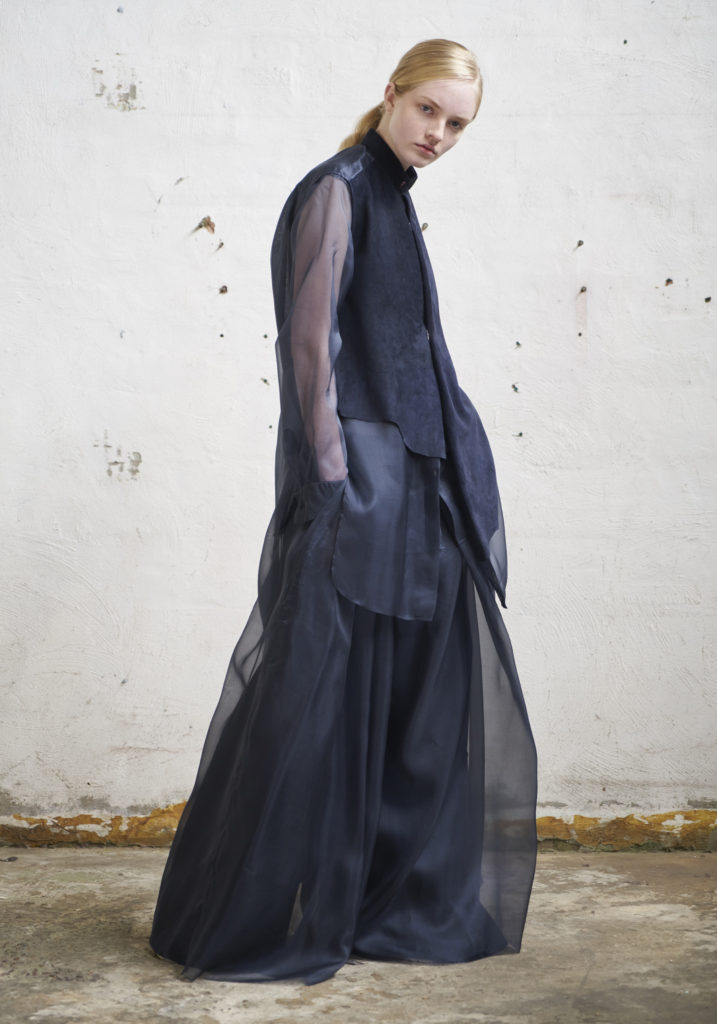
Akira Isogawa | Spring Summer 2017
When I asked Akira about inspiration he candidly replied, “from my daily life, people I meet, and how I feel. I find inspiration in everything, everywhere”.
Akira is still heavily involved in his business despite having a small, devoted team of support. To my mind, this is the key. Akira’s garments live and breathe the essence and soul of the man. They are gentle, radiant, colourful, silky beams of light, embellished with the hope of humanity and the sparkle of all things beautiful”.
Being the unashamed devotee that I am, I asked him how he felt about his success. “Well, if you measure success by the number of stockists you have, then I am not successful. If you measure success by a turnover of millions of dollars, then I am not successful. But if you measure success with longevity, then, yes, I guess I am successful”.
I finished up on something I have always wondered as I know how well he is loved.
Who is the Akira woman? After great reflection he said, “I think she is a grown-up woman, but grew up with me discovering the label in her twenties. This loyalty has probably now been passed down to her daughters”.
Incredibly Akira has shown at Paris Fashion Week twice a year since showing his first collection there in 1998!
Like I said. A. Total. Legend.
Enjoy xx
Akira’s garments live and breathe the essence and soul of the man. They are gentle, radiant, colourful, silky beams of light, embellished with the hope of humanity and the sparkle of all things beautiful in life”.
Jade Cosgrove, Founder of Label Ministry
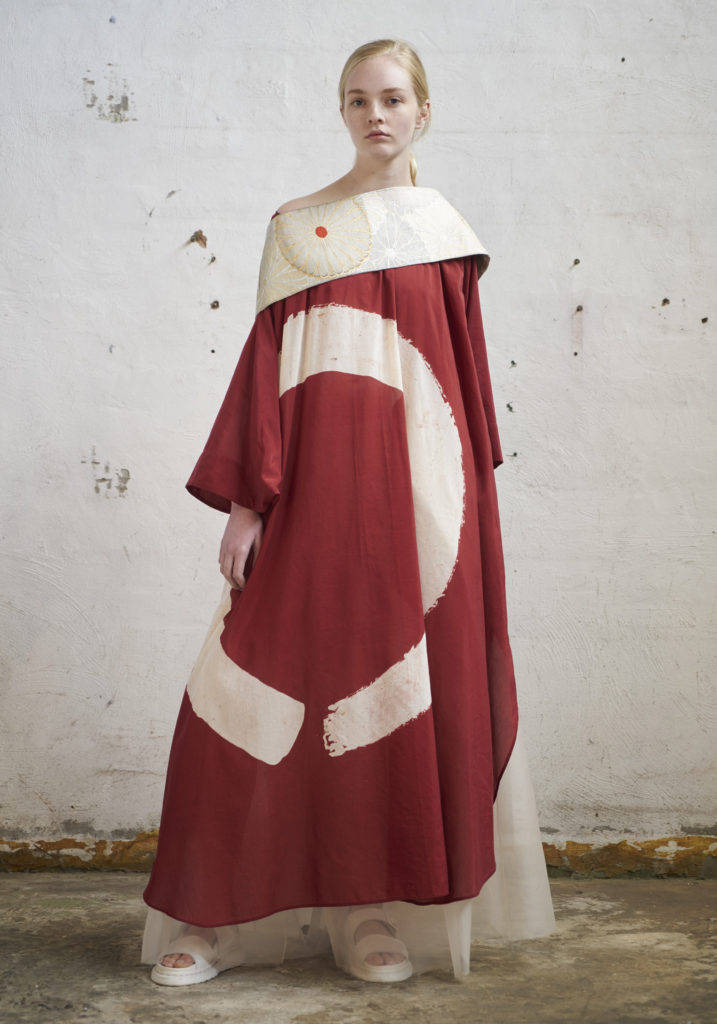
Akira Isogawa | Spring Summer 2017
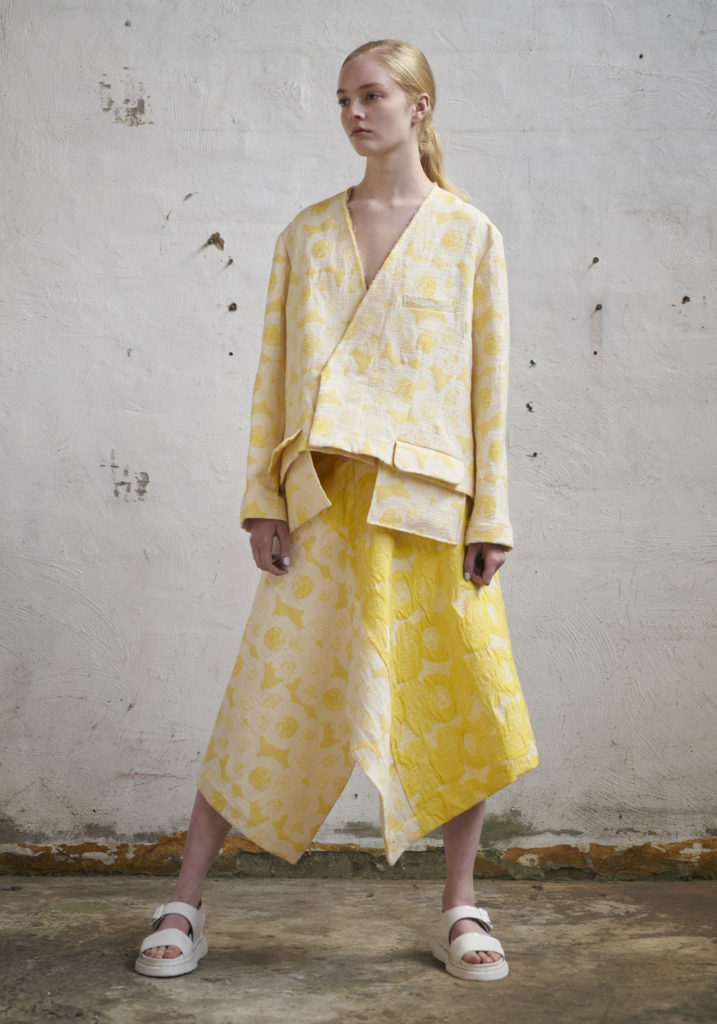
Akira Isogawa | Spring Summer 2017
LM
How important is the runway when showing a collection?
AI
The runway is very important. If the label wants to establish themselves as a brand in the Australian market, or indeed any market, gaining public awareness and building appropriate publicity to put yourself on the map is an integral part of establishing and maintaining a brand.
When you produce a runway show, as a designer, it helps to establish your brands’ identity and communicate the ethos and philosophy and also, whom you are designing for.
LM
In order for a young label to be successful, what do you believe are the three most important aspects that need to be considered?
AI
You need to be very certain that you actually want to be a designer. You also need to be very dedicated, tenacious and enthusiastic. Young designers must have a unique point of view. There is no point designing if that means emulating the same as what another designer has already done before you. Be prepared that for the first six to twelve months, (possibly even more), it is going to be hard, both emotionally and financially, as money will need to be invested without any immediate return.
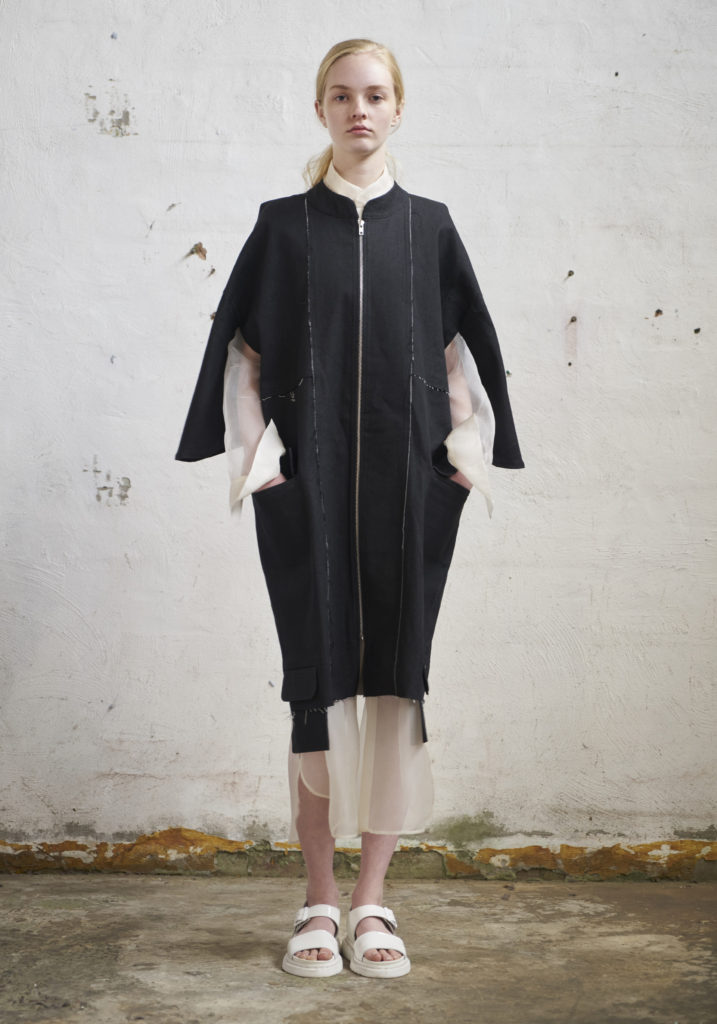
Akira Isogawa | Spring Summer 2017
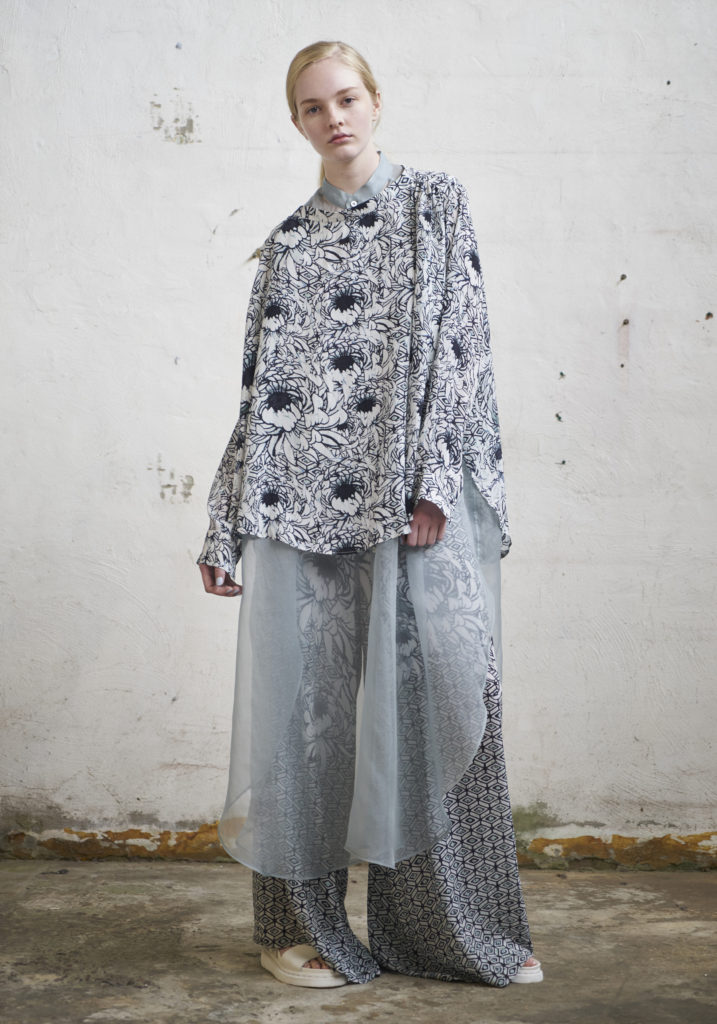
Akira Isogawa | Spring Summer 2017
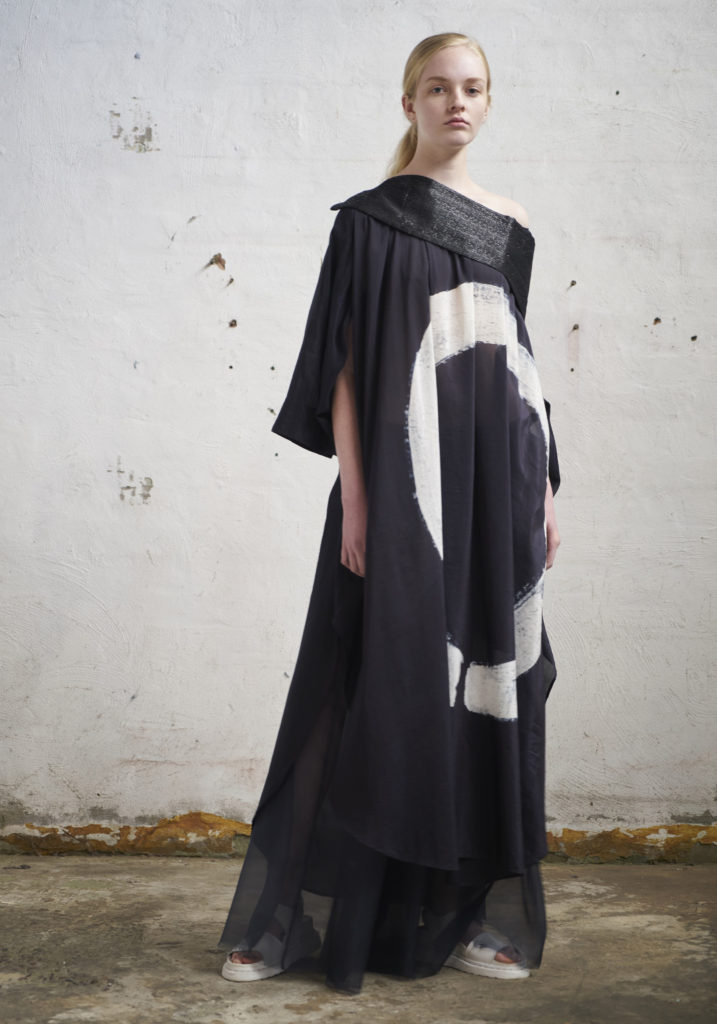
Akira Isogawa | Spring Summer 2017
LM
What ‘raw’ talent is needed for young aspiring and emerging fashion designers?
AI
A unique point of view, individuality, passion and integrity.
LM
What is the key to achieving longevity in the fashion industry such as what you have achieved?
AI
In my case, to understand your own limitations and to make sure that you do not get burnt-out. The nature of fashion is, that it is cut throat and demanding but creatively, very rewarding. It is important not to over-extend yourself to the point where you lose your passion for the industry at large.
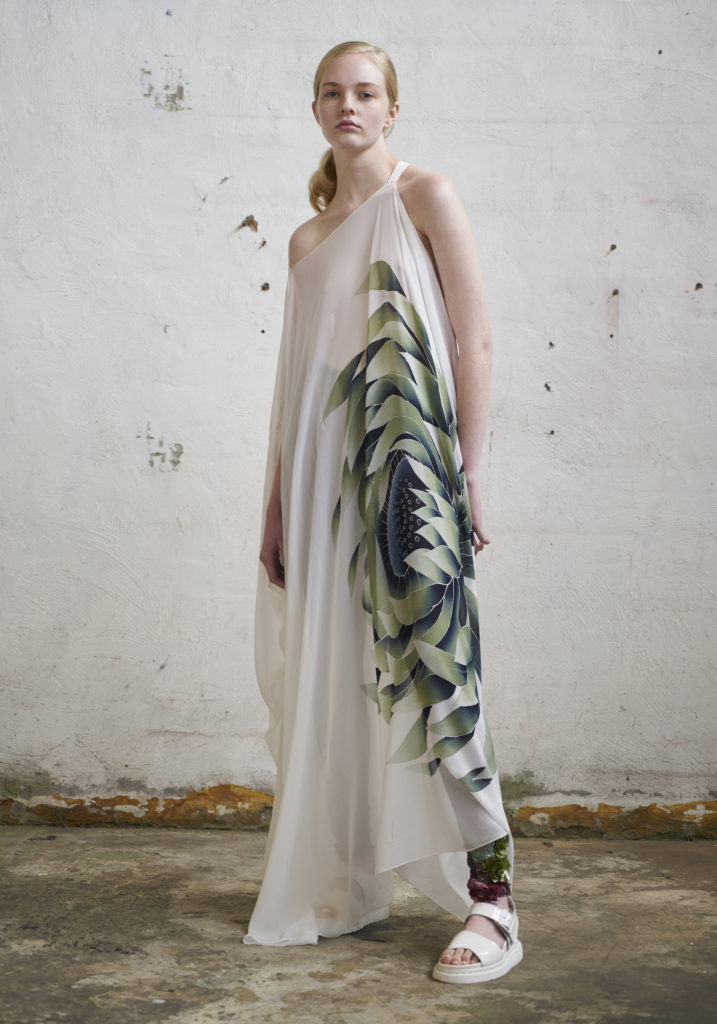
Akira Isogawa | Spring Summer 2017
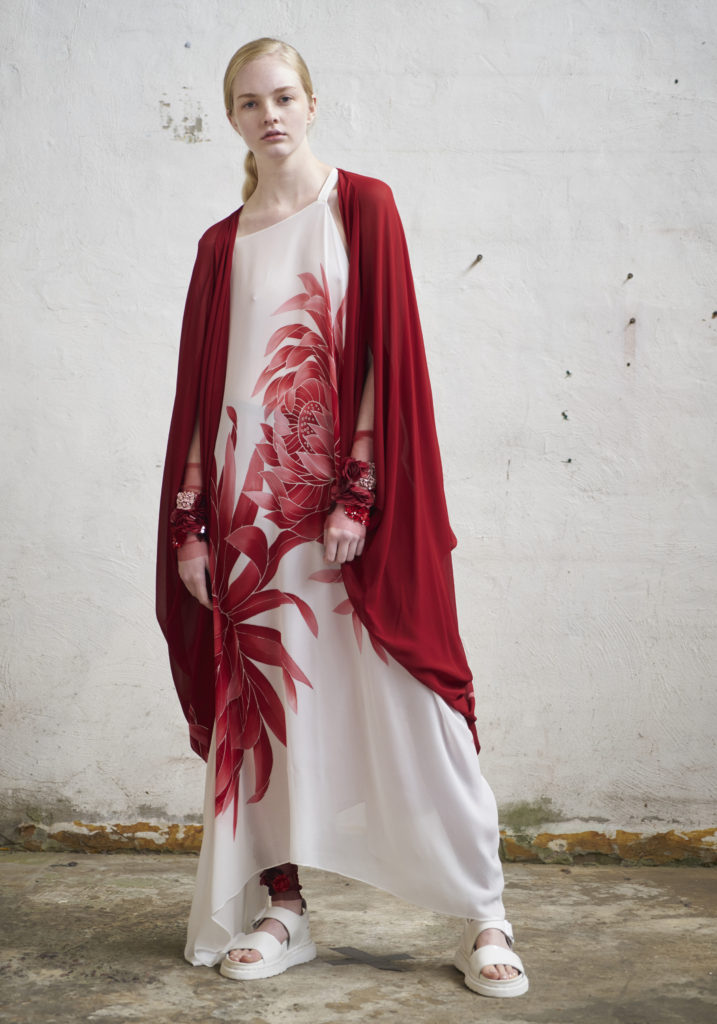
Akira Isogawa | Spring Summer 2017
LM
I couldn’t finish my interview with Akira without asking him who were his favourite international designers.
AI
I have great respect for Martin Margiela the Belgian born designer behind the label, Maison Margiela, and Rei Kawakubo, the Japanese born Creative Director of Comme des Garcon for her “ability to conduct international business”.
Thank you Akira. There are so many people who love your work. Thank you for your continuing contribution.
Read about Akira | Akira Design Studio Facebook | Akira Isogawa Instagram |
Until next time,
Jade xx


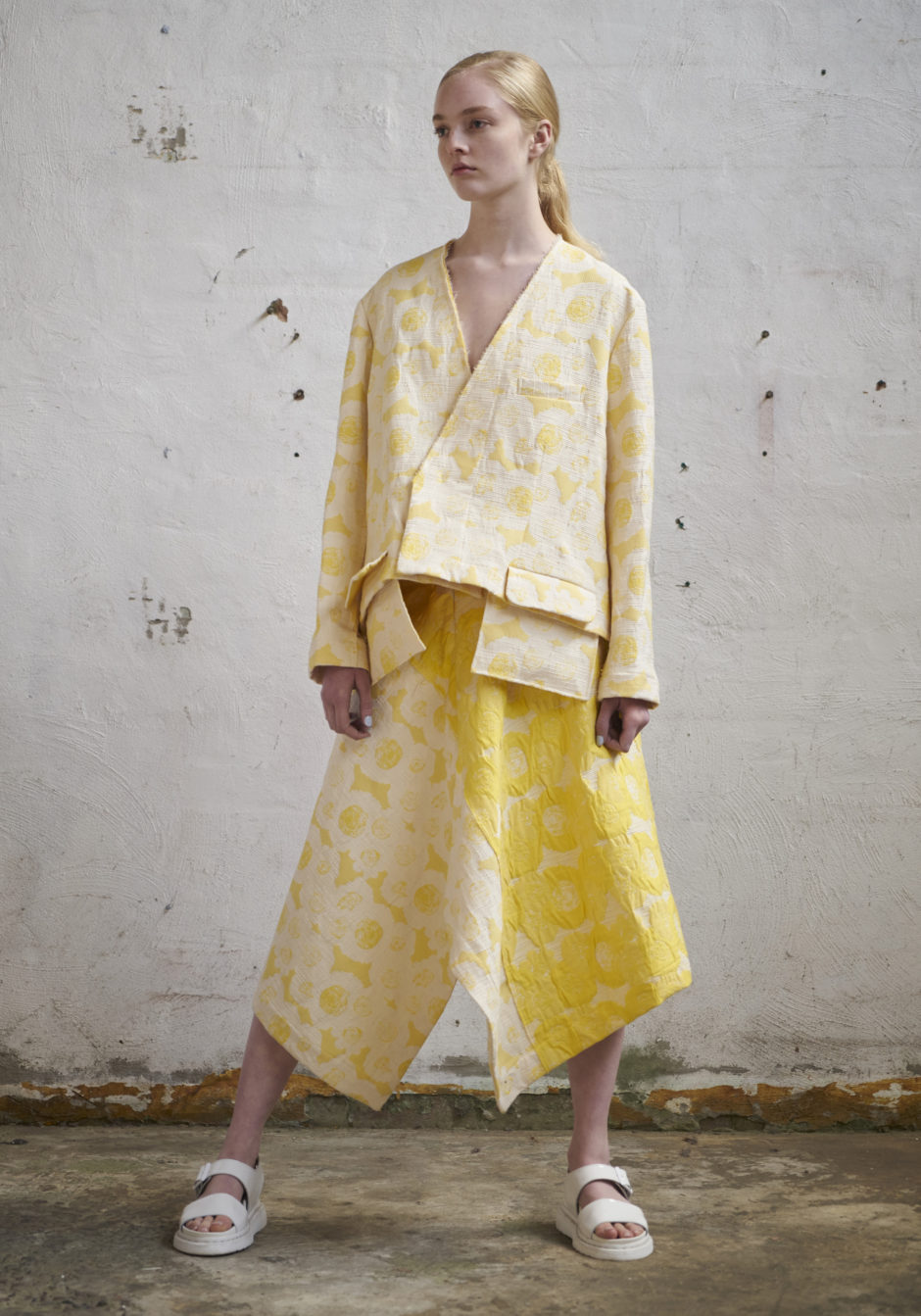
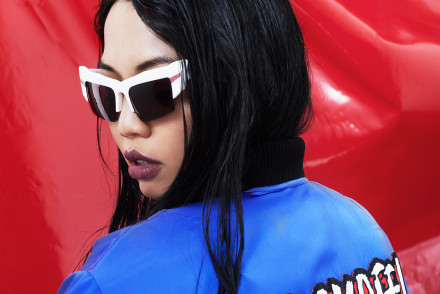
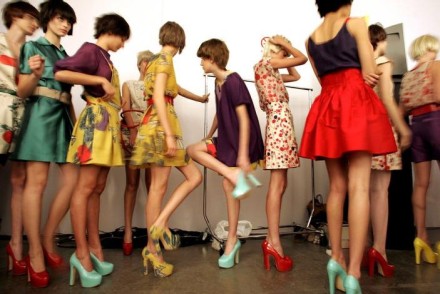
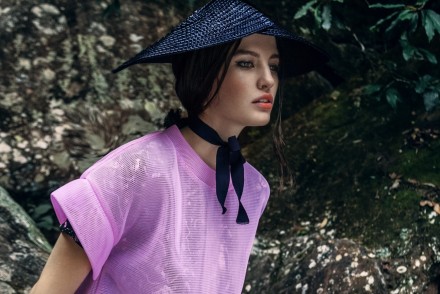
No Comments